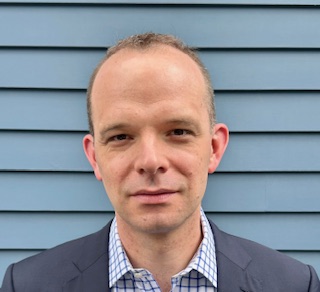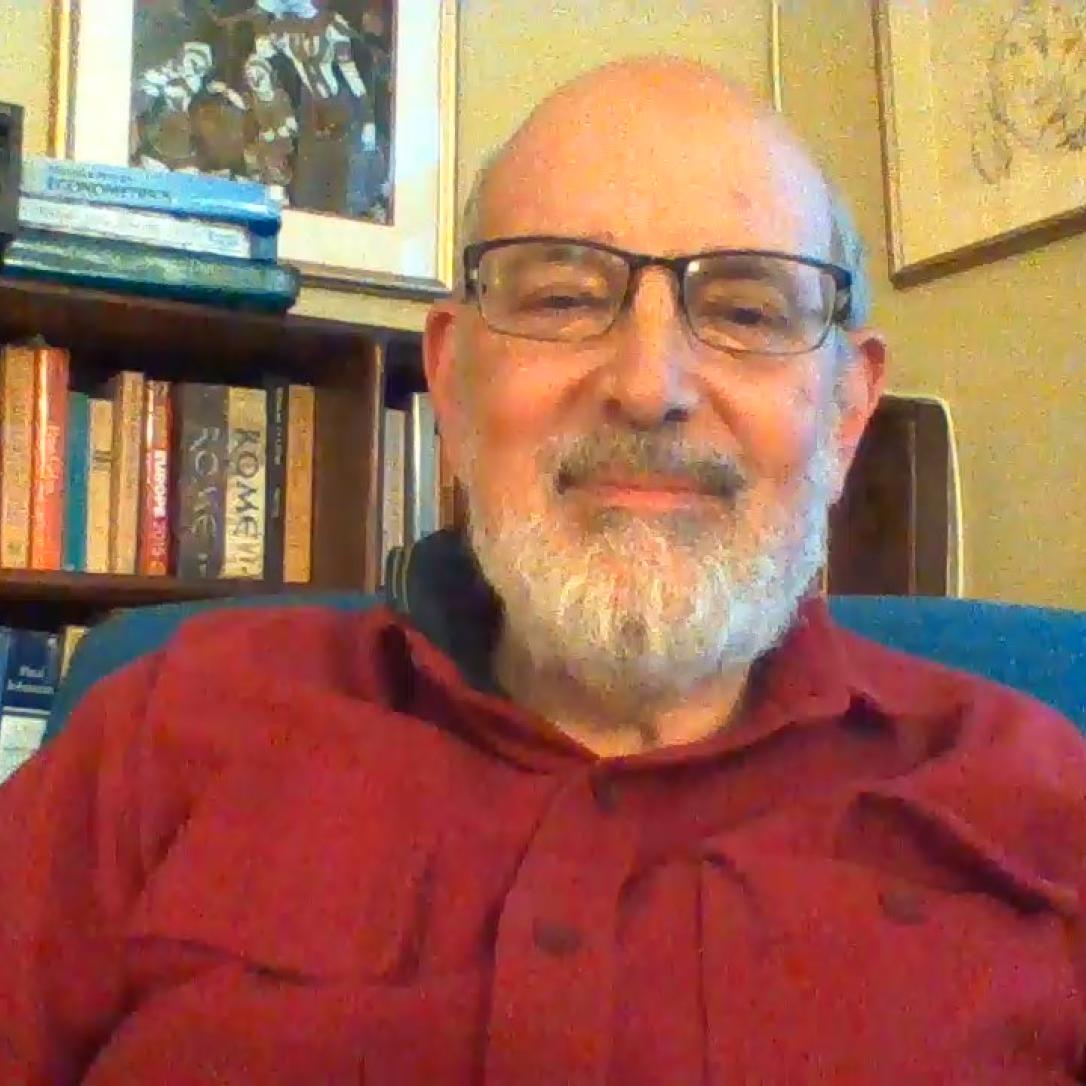Peter Carr Seminar Series: Ben Hoff & Edward D. Weinberger

Ben Hoff
 Title
Title
Everything You Always Wanted to Know About Commodity Carry (“and Some Things You Didn’t”)
Abstract
We take a deep dive into one of the most prolific systematic investment strategies in commodities space that highlights the core of the asset class - term structure.
Bio
Ben rejoined Societe Generale as Global Head of Commodity Strategy in 2023, having previously held senior commodity roles on both the buy and sell side. Prior to SG, Ben was a commodities strategist and PM for quantitative investment strategies at Hartree Partners and a macro strategist at Point 72. During his previous tenure at SG, spanning over 10 years to 2020, Ben held various roles in the commodity investor business, eventually working as a strategist focused on quantitative investment strategies. Ben started his career as a commodity index trader at Credit Suisse, before joining Goldman Sachs as a commodity strategist. Ben taught a commodity derivatives module at NYU Tandon from 2015 to 2017 and holds a PhD in Mathematics from Oxford University
Edward D. Weinberger
Title
“Available” Information and the Efficient Market Hypothesis
Abstract
Per Nobel Laureate Eugene Fama, one of its leading exponents, the efficient market hypothesis claims that “markets reflect all available information”. But what does it mean for information to be “available”? The SEC works hard at ensuring that information is equally available to all investors, yet the success of investors such as Jim Simons and Warren Buffet relative to investors struggling to beat market averages suggests that information is, in some sense, available to Simons and Buffet that is not available to others. In a previous talk in this department, I introduced an information measure that I call “pragmatic information”, defined as the amount of information that is actually used in making a decision. In this talk, I claim that pragmatic information is precisely the “available information” needed to understand market efficiency. I first present arguments justifying my definition, including a theorem making the analogy between pragmatic information and free energy, the energy available to do useful work. I then propose the so-called Chomsky Hierarchy as a means of classifying the different types of information that might be presented to a decision maker and review the computational requirements needed to process information from each level of the hierarchy. The pragmatic information of a given input accrues to the degree that the computational abilities of the decision maker match the level of the input in the Hierarchy. It follows from the above that the same information will differ in “availability” from one investor to the next, depending on their computational abilities. In particular, the task of formulating and executing a trading strategy is, in general, of sufficient computational complexity to render market information useless, and thus ``unavailable” to investors.
Bio
Ed has been an adjunct in the Finance and Risk Engineering Department for over 20 years, while holding a number of positions in finance/financial technology at Deutsche Bank, KPMG, and Bank of America. He is currently teaching Python and numerical methods in finance. Before joining our department, Ed was a “quant” on the interest rate derivatives desk of HSBC, where he developed an early version of the convexity adjustment required to build the LIBOR yield curve. Prior to his career in finance/financial technology, Ed was a post-doctoral fellow at the University of Pennsylvania and the Max Planck Institute of Biophysical Chemistry in Germany. Ed holds a Ph.D. in mathematics from NYU’s Courant Institute, where he did a thesis on simple model of biological evolution.



